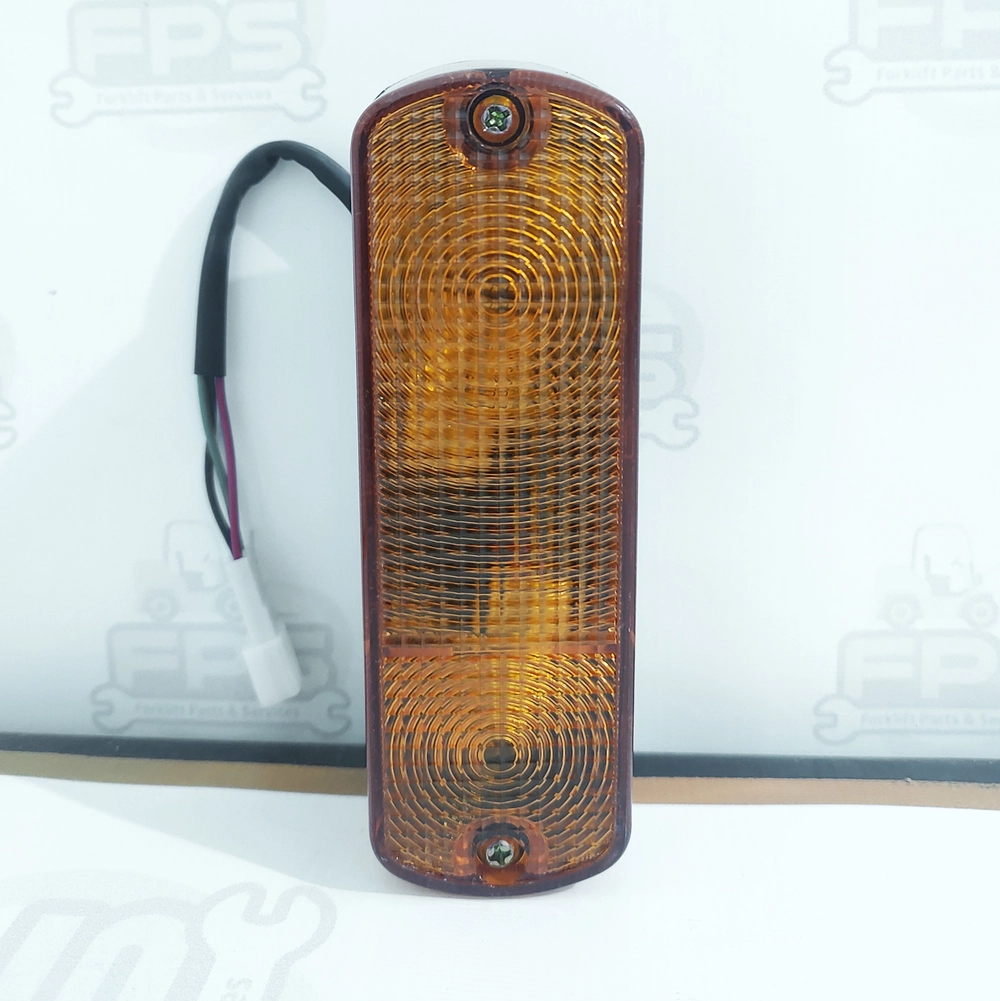Description
The front combination lamp is a key component of a vehicle’s lighting system, combining multiple functions into a single assembly. Its key features include turn signals, parking lights, and sometimes fog lights or daytime running lights. This integration helps streamline the vehicle’s design while ensuring safety and effective communication with other road users.
Key Features:
- Turn Signals: Essential for indicating a driver’s intent to turn or change lanes. They use amber or white lights that blink to signal movements, ensuring other drivers and pedestrians are aware of the vehicle’s direction.
- Parking Lights: These lights help increase the vehicle’s visibility when parked, especially in low-light conditions. They emit a steady, low-intensity light to mark the vehicle’s presence without causing glare.
- Fog Lights (if included): Designed to improve visibility in foggy or misty conditions, they project a low, wide beam that reduces glare and illuminates the road surface directly in front of the vehicle.
- Daytime Running Lights (DRLs): In some front combination lamps, DRLs are integrated to improve vehicle visibility during the day, enhancing safety without consuming as much power as full headlights.
- LED or HID Technology: Modern front combination lamps often use LED or HID bulbs. LEDs are known for their brightness, energy efficiency, and longevity, while HIDs provide a strong, clear beam.
- Design and Aesthetics: The lamps are designed to complement the vehicle’s overall look, with sleek shapes and clear or tinted lenses that add to the vehicle’s aesthetic appeal.
Proper maintenance of the front combination lamp ensures optimal performance. This includes regular cleaning, replacing bulbs when needed, and ensuring proper alignment to provide adequate visibility and signaling for safe driving.




